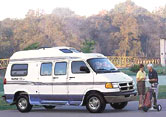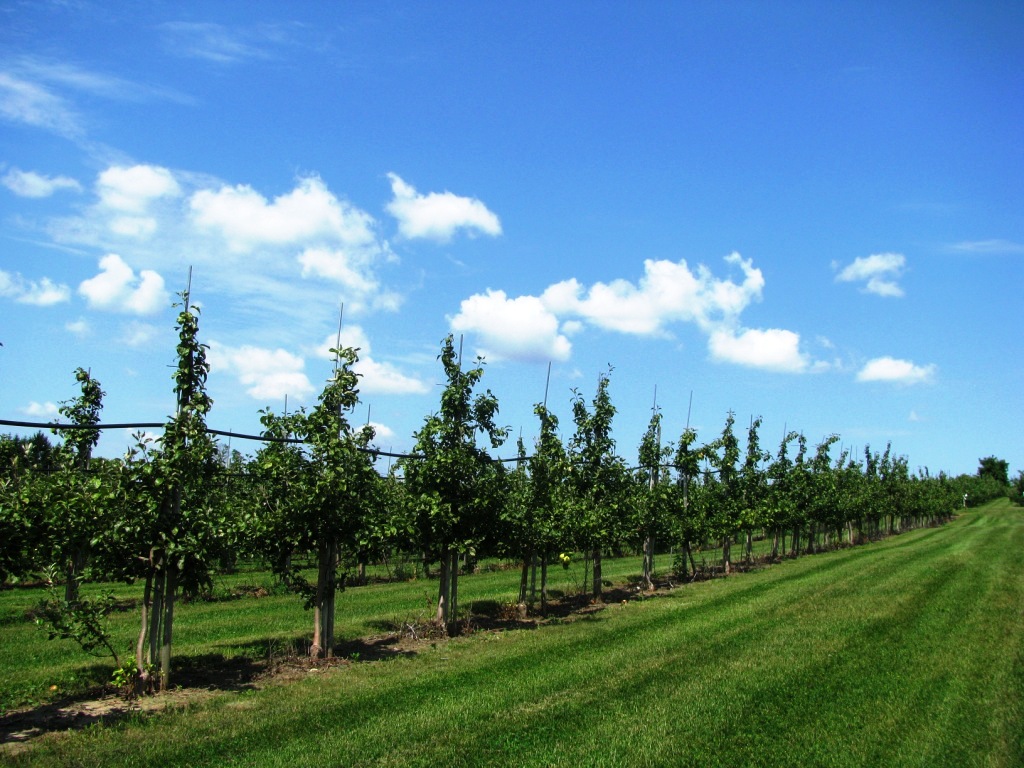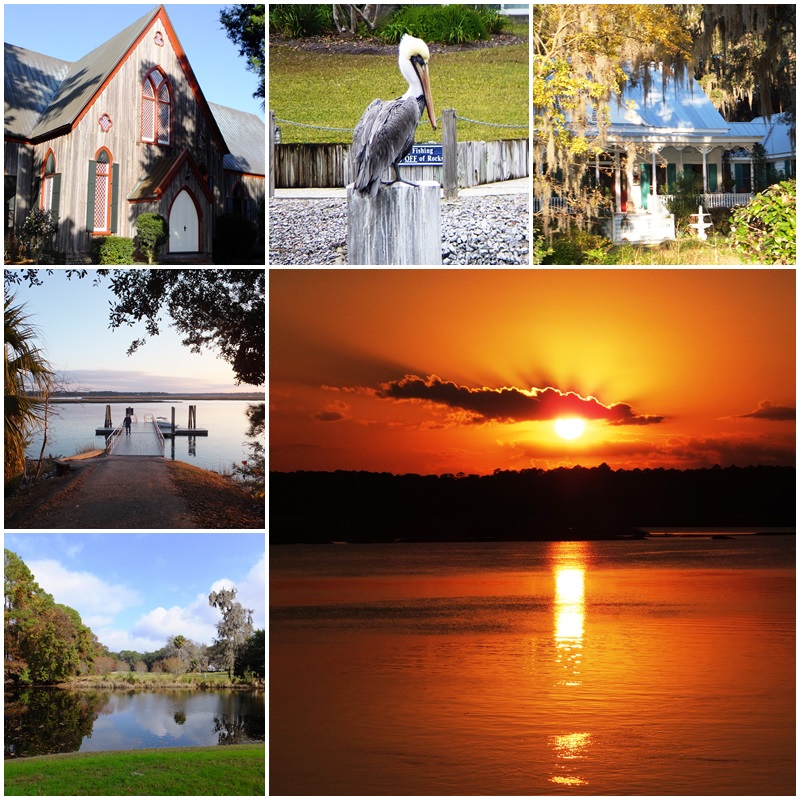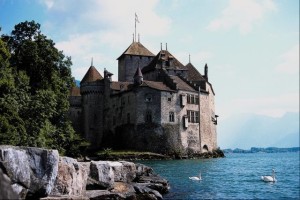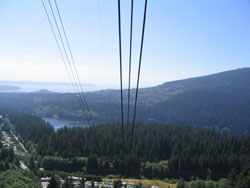Non-mainstream forms of travel have fascinated me for a long time. Combine that with affordable travel and the possibility to make the travel experience a full-time lifestyle,and I am intrigued even more.
In researching the topic,and particularly the cost angle,I found out that a new tent trailer would probably cost from about C$5,000 and up,I figured that’s a pretty good entry level price for exploring the RV-ing lifestyle.Of course a bus-type Class A motorhome is going to probably run you from about C$70,000 and up for a new model while a travel trailer can probably be purchased from about C$12,000 and up.So depending on your taste and your preference for built-in luxuries,there are all sorts of recreational vehicles out there that might fit your pocket book and your travel plans.

For a while now I have wanted to investigate RVing,the concept of using recreational vehicles for short-term trips or even permanent lifestyles so I contacted the Canadian RVing Assocation to get more practical information about this form of travel.Catherine Fleming from www.gorving.ca was willing to take her time and enlighten us about this travel option.
1.Please tell us about the RVing lifestyle.
There doesn’t seem to be a definition of the “RVing” lifestyle.An RV is a recreational vehicle that combines transportation and living quarters for travel,recreation and camping.An RV is suitable for vacations and weekend trips any time of year and there are even some people who RV on a full-time basis.
2.What types of recreational vehicles are there and how do they differ? How difficult is it to drive an RV?
RVs are divided into 3 main categories:
(1) Towable RVs – designed to be towed by a car, SUV,mini-van or pickup truck.These can be unhitched on arrival at a campsite making the tow vehicle available for use while the RV remains stationary.Types of towable RVs are: folding camping trailers,truck campers,travel trailers and fifth-wheel travel trailers.
 |
 |
 |
 |
(2) Motorized RVs – RVs that you drive,combining transportation and living quarters in one unit.Ranging from vans up to large bus size,all models can tow a family car.Types of motorized RVs are Class A motorhomes,Class B camper vans and Class C mini-motorhomes.
 |
 |
 |
(3) Park Model RVs.These are RVs with complete living quarters designed for seasonal use.Types of the Park Model Trailer 102 and the Park Model Recreational Unit.
 |
 |
3.How difficult is it to drive an RV?
Today’s RV models are as simple to drive as the family car. Every motorhome is equipped with power steering,brakes,and automatic transmission,resulting in a driving experience similar in many respects to driving a van.You don’t have to have the muscles of a truck driver to steer the vehicle,or the legs of a marathon runner to bring it to a stop… everything is adjusted to provide controls that feel just about the same as your typical family car… it’s just bigger!
Novice RV drivers only need a few minutes behind the wheel to become accustomed to the size and clearance requirements of a motorhome. Many new RV drivers are surprised at the enhanced visibility you enjoy when driving a big rig.Large windshields,mirrors,and optional rear-vision TV monitor systems give you a view of the highway that exceeds anything you are likely to find in a passenger car or van. Sitting in the captain’s chair,above the majority of the vehicles on the road,you can see what’s happening all around you much better than the average motorist can – and that’s a safety plus that makes motorhomes one of the most relaxing vehicles on the road today.
4.Please tell us about RVing possibilities in Canada,the US and Mexico.What type of amenities will I find in an RV campground?
There are campgrounds to suit everyone’s taste from large RV parks with every kind of luxury and amenity to beautiful remote wilderness campsites.
A study conducted by Go RVing Canada reveals that almost 24% of RVers fall into the category of owners who take the longest trips, have the highest incomes and are most willing to pay for premium services.It seems freedom of the open road is not the only thing these folks are looking for.They want a destination with all the facilities that they would expect from a fly-in vacation.Luxurious, manicured,private facilities that offer fishing,golf,tennis, community centers,health spas and more.
Upscale parks are popping up right across North America with resorts found in Canada,the United States and Mexico.Often requiring large tracts of land these sites are rural,even isolated – which most often provides the perfect backdrop for a relaxing,scenic vacation.It also sets up the resort to be all-inclusive; serving today’s healthy,active RV lifestyle.
Resorts offer short and long-term rentals but also time-share type parks,straight property ownership,reciprocal camping memberships and even non-profit resorts owned wholly by their members.Freedom from ownership (which is often what attracts new RVers),is also very attractive.You have the freedom to come and go,visiting the same places each year or never visiting the same place twice.Most visitors to RV resorts stay for at least a few days,and many for months.In fact,long term stays are encouraged with the rental price often cheaper the longer you stay.

Great for family travel
